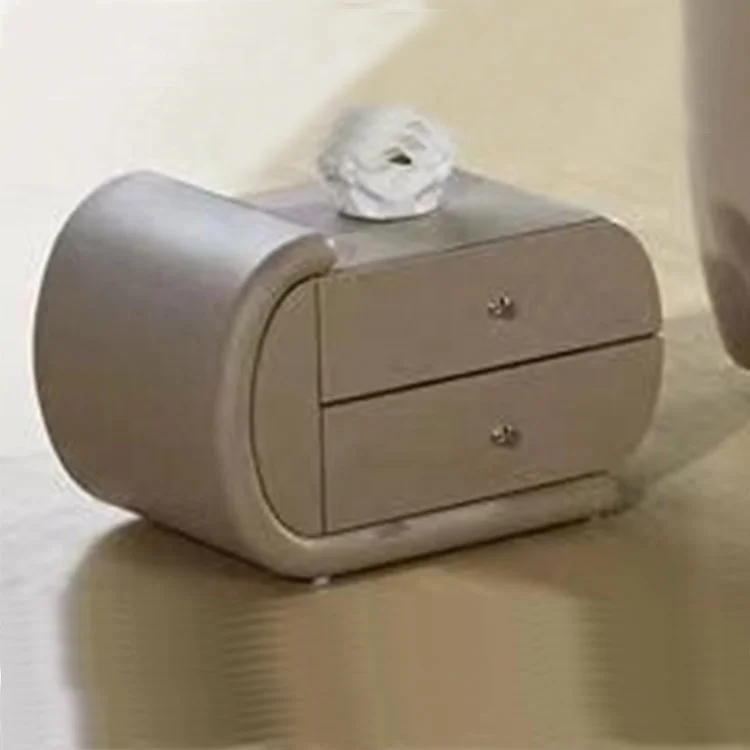Pulleys: How to Source Quality Power Transmission Components from China
In power transmission systems, pulleys play a critical role in transferring motion and power between shafts. As global manufacturing shifts eastward, China has emerged as a dominant supplier of these essential components. This article provides actionable insights for procurement specialists seeking cost-effective yet reliable pulley solutions.
How to Find Reliable Pulleys from China in 2025
The Chinese industrial market offers significant cost advantages, with pulley prices typically 30-50% lower than Western counterparts. However, quality variance remains a concern. Top verification methods include:
- Requesting ISO 9001 or IATF 16949 certifications for automotive-grade components
- Reviewing factory audit reports from third-party inspectors like SGS
- Testing sample batches for dimensional accuracy and material composition
Platforms like Alibaba Verified Suppliers streamline this process by pre-vetting manufacturers. Case studies show buyers reducing defect rates from 12% to 3% through proper supplier qualification.
What Buyers Should Know Before Buying Pulleys from China
Critical considerations when sourcing:
| Factor | Specification Range |
|---|---|
| Material | Cast iron (HT200), steel (45#), aluminum (6061) |
| Precision | IT7-IT9 grade for most industrial applications |
| Load Capacity | 200N-20kN depending on size and construction |
Always confirm:
- Packaging standards (wooden crates for sea freight)
- Lead times (typically 15-45 days for custom orders)
- Payment terms (30% deposit is industry standard)
Types of Pulleys
Three primary configurations dominate industrial applications:
Flat Belt Pulleys
Economical solution for light-to-medium duty applications (0.5-15kW). Common in packaging machinery and conveyor systems.
V-Belt Pulleys
Grooved design provides 30% better grip than flat variants. The workhorse of agricultural equipment and HVAC systems.
Timing Pulleys
Precision-toothed for synchronous power transmission. Essential in CNC machines and robotics where positional accuracy matters.
Functions and features of Pulleys
Modern pulley systems incorporate several performance-enhancing features:
- Dynamic balancing reduces vibration at high RPMs (above 1,500)
- Split hub designs enable installation without disassembling entire shafts
- Corrosion-resistant coatings extend service life in marine environments
Advanced models may include:
- Integrated sensors for condition monitoring
- Quick-release mechanisms for maintenance
- Custom bore patterns for retrofitting
Scenarios of Pulleys
Typical industrial applications:
Manufacturing Plants
Drive systems for assembly lines often use 6-12 pulley arrangements with 100-300mm diameters.
Mining Operations
Heavy-duty versions withstand abrasive conditions in conveyor belt systems moving 50+ tons/hour.
Renewable Energy
Wind turbine pitch control systems utilize specialized pulleys with 10,000+ hour lifespans.
How to Choose Pulleys
Selection matrix for common requirements:
| Application | Recommended Type | Key Spec |
|---|---|---|
| High-speed operation | Precision-machined aluminum | Balanced to G6.3 grade |
| Corrosive environments | Stainless steel with sealed bearings | 316L material grade |
| Heavy shock loads | Ductile iron with wide grooves | Minimum 5:1 safety factor |
Always cross-reference:
- Shaft diameter (+0.02/-0mm tolerance ideal)
- Belt type compatibility (check groove angles)
- Environmental factors (temperature, humidity)
Pulleys Q & A
Q: What's the typical lifespan of industrial pulleys?
A: Properly maintained cast iron pulleys last 7-10 years in moderate service. Aluminum variants typically serve 5-7 years before groove wear requires replacement.
Q: How do I calculate the required pulley size?
A: Use the formula: Diameter (mm) = (Motor RPM × Driver Pulley Diameter) ÷ Driven Pulley RPM. Always add 10% safety margin.
Q: Can I mix pulley materials in a system?
A: While possible, we recommend consistency. Different thermal expansion rates may cause belt slippage under temperature variations.
Q: What maintenance do pulleys require?
A: Quarterly inspections for:
- Groove wear (maximum 1mm depth variation)
- Bearing play (shouldn't exceed 0.1mm radial movement)
- Surface cracks (use dye penetrant testing)
Q: How to identify counterfeit pulleys?
A: Warning signs include:
- Missing or laser-etched (instead of cast) markings
- Visible porosity in castings
- Non-standard bore dimensions




































